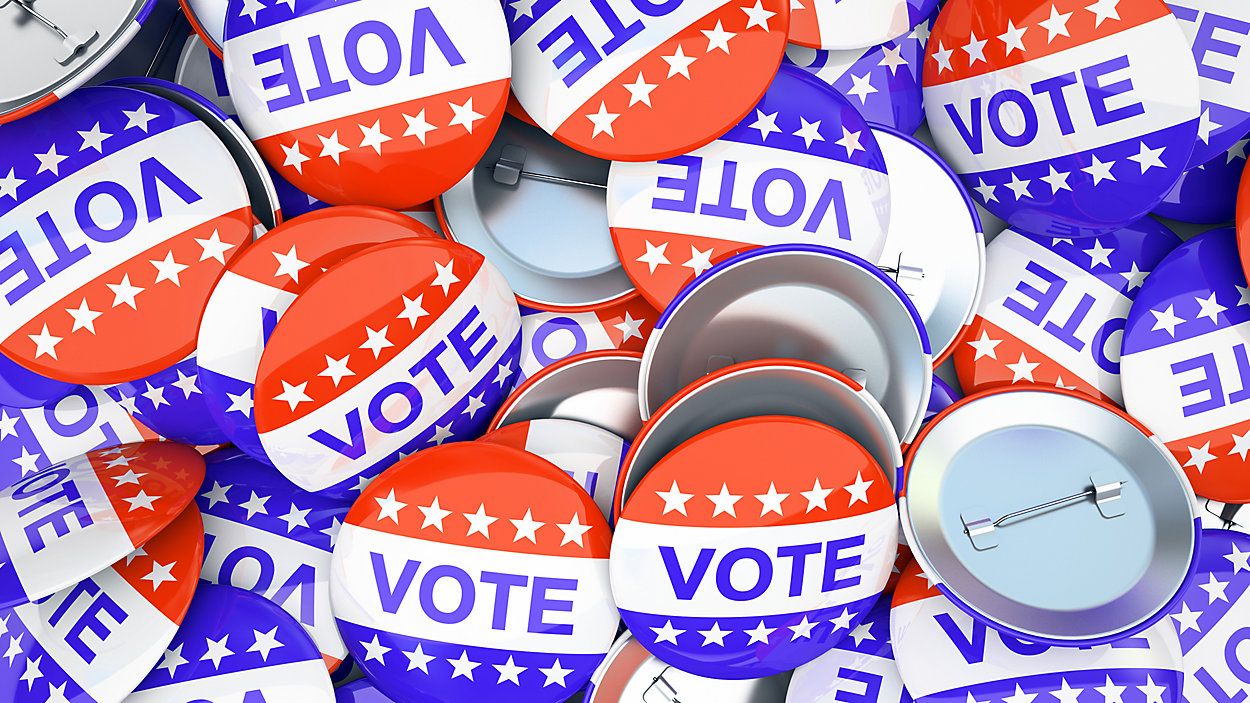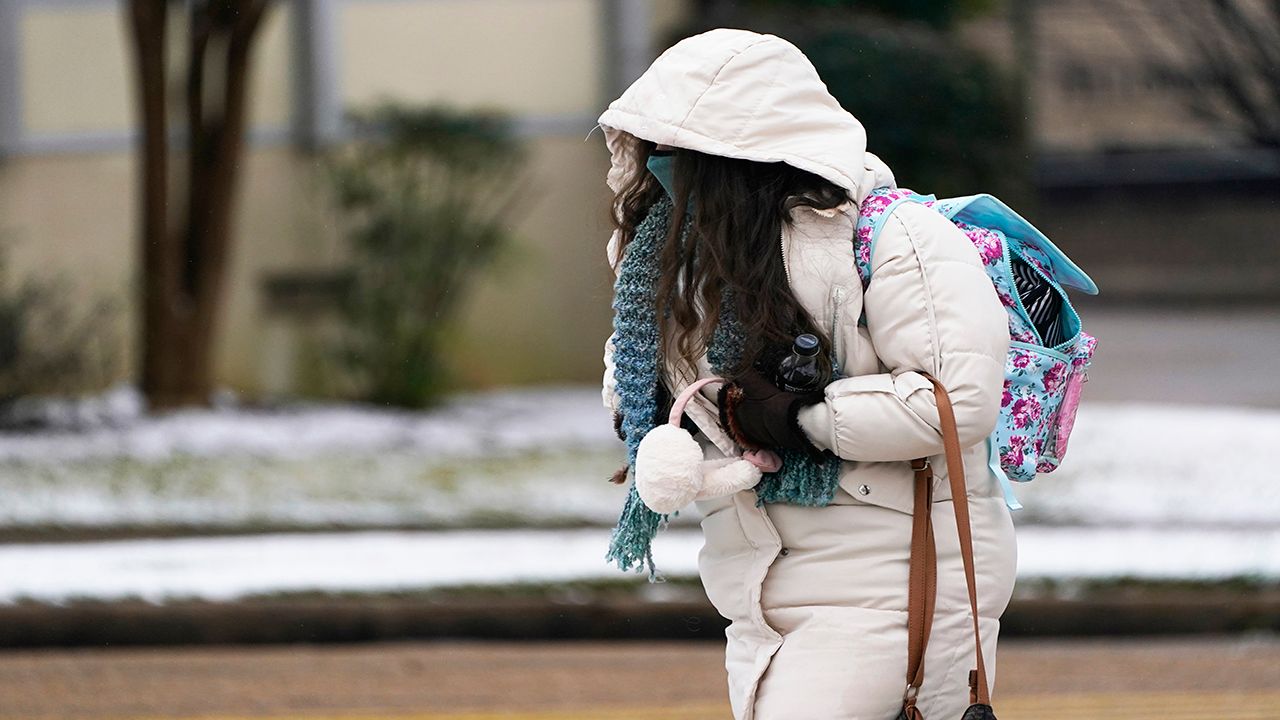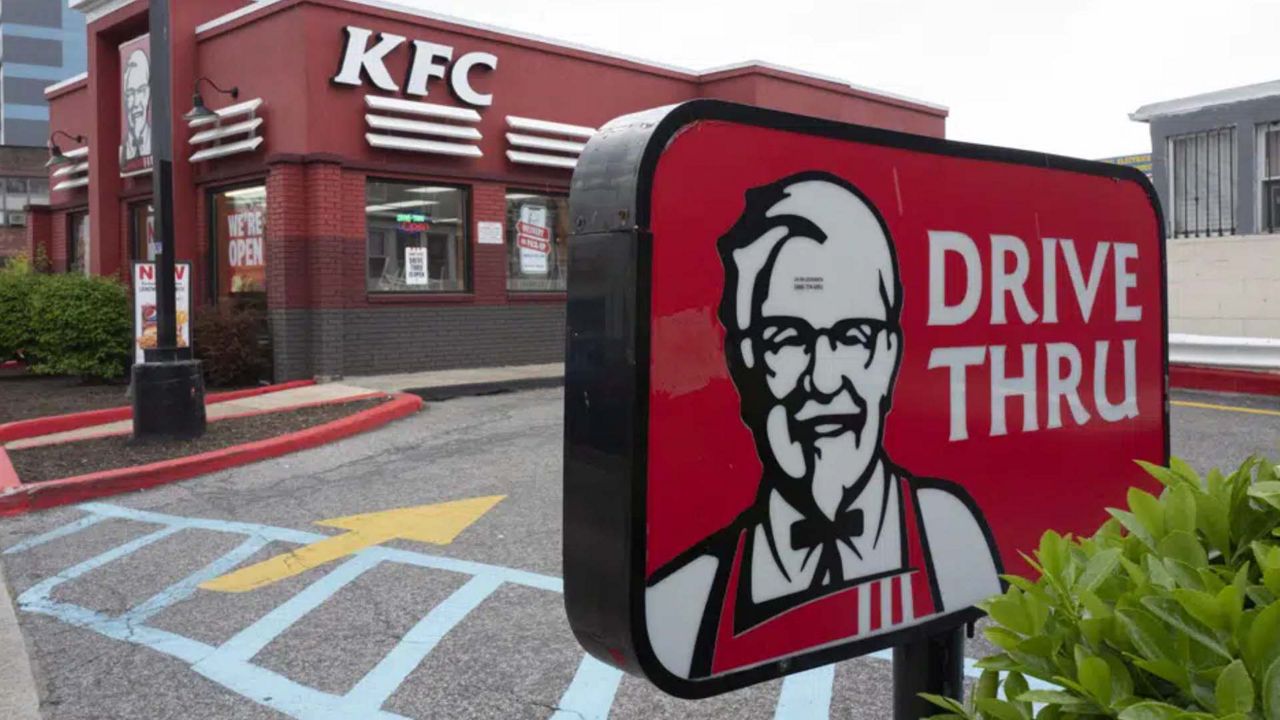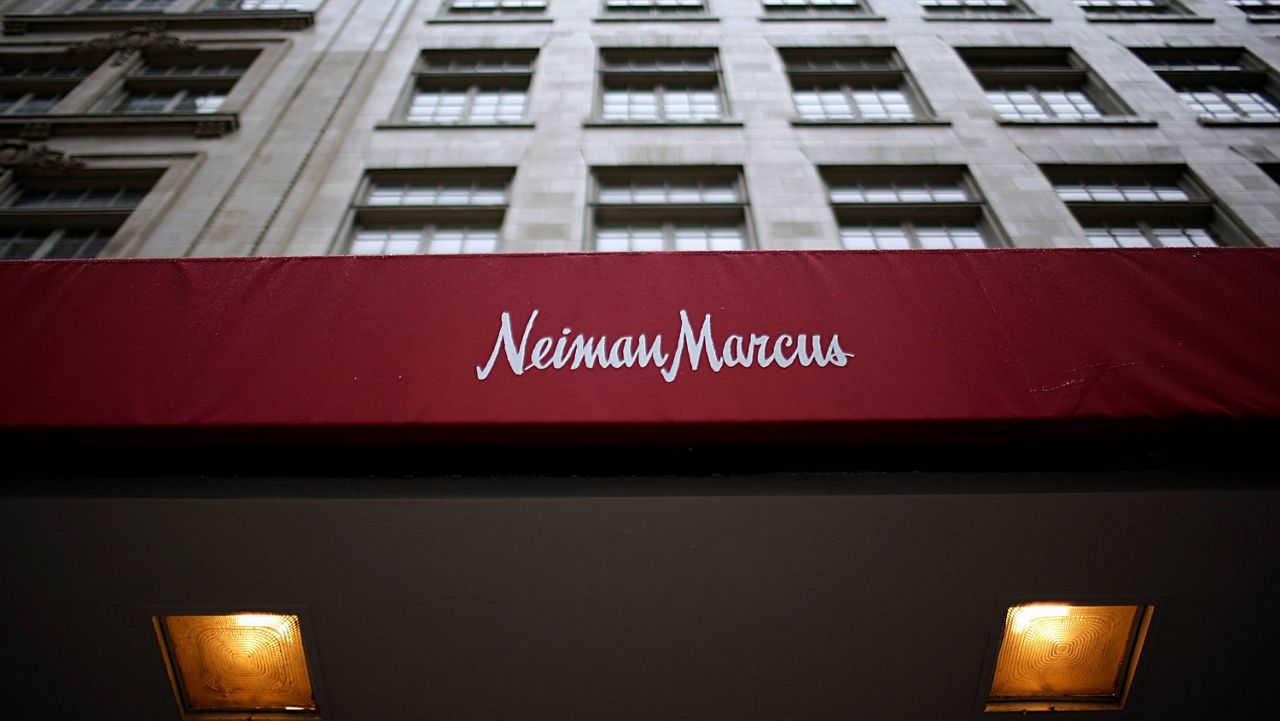TEXAS — With most of the results now in for Texas, it’s clear the “Blue Wave” that Democrats were hoping for in 2020 didn’t happen, a fact Republican Gov. Greg Abbott said sent a clear signal that Texas remained a strongly red state.
But while many Democrats admit that 2020 was a disappointment coming on the heels of high expectations, they are pointing to the fact that they are still on the game board and seen as a challenge to Republicans’ dominance in the Lone Star State as proof that their gains are in Texas to stay.
“The fact that the Democrats didn't get everything the wanted for Christmas doesn't mean that Election Day didn't show a lot of progress,” said Jason Stanford, a Democratic political strategist based in Austin. “The numbers are definitely trending in the right direction.”
Trump carried Texas on Tuesday by just under six percentage points over former Vice President Joe Biden, a weaker showing than he had in 2016 when he beat Hillary Clinton by nine percentage points.
That’s a win in itself, Democrats said, given that the gap between Republican and Democratic presidential candidates has continued to narrow every election year during the last decade. In 2012, Republican Mitt Romney carried Texas over then-Pres. Barack Obama by 15 percentage points.
Perhaps nowhere in Texas has the Republicans’ narrowing advantage been more closely watched this year than in Texas’ diversifying and growing suburbs.
In 29 of Texas suburbs, the Republican advantage over Democrats narrowed from 34.5% in 2012 to 18% in 2020, according to a new regional voting trend analysis by the Texas Political Project.
Going into the 2020 election, state Democrats put a strong focus on Texas suburbs, where they hoped the state’s diversifying demographics and a national trend of suburban backlash against Pres. Donald Trump would make 2020 the year Texas turned blue.
Two years ago, the state Democrats made significant strides in a U.S. Senate race they narrowly lost but gained major momentum from when the inner and outer suburbs of Texas’ blue-leaning urban centers flipped for Democrat Beto O’Rouke over Republican Ted Cruz. That year, Democrats picked up 12 seats in the State House to threaten the Republican’s trifecta of power for the first time since 2001.
That put suburban voters in North Texas as well as the counties outside of Austin and Houston in Democrats sites. Campaigns raised millions from national organizations targeting state legislatures they thought had the potential to flip.
Collin County outside Dallas and Willamson County outside Austin were seen as potential bell-weathers for how the rest of the Lone Star State was changing politically with population growth. Add to that growth the president’s declining approval ratings during a global pandemic, and 2020 looked like the year the suburbs could lead the Democrats to victory.
Democrats failed to get wins Tuesday that they needed to flip the State House, but they also didn’t lose any ground.
At the top of the ballot, Trump still won most of the larger suburban counties, particularly in North Texas, but suburban voters leaned more for the Democrat’s candidate than they had in previous years.
One major exception was Williamson County, which shocked Republicans by flipping blue for Biden on Nov. 3, creating a large blue mass around the capital when combined with Hays and Travis Counties.
A lot of the suburban vote this year appears to be precisely what many political analysts predicted would favor Biden, while not necessarily boosting state Democrats. In many suburbs, traditionally Republican voters rejected Trump at the top of the ballot but voted for Republican candidates in state and local races. In Collin County north of Dallas, precincts clustered around Plano, McKinney, and Frisco saw clear signs of this so-called ticket-splitting.
Ticket-splitting hurt the Democrats’ chances to win some of the targeted State House races needed to flip control of the 150-seat lower chamber of the state Legislature.
Ahead of Tuesday’s vote, national political observers were eyeing the suburbs across the country, and in particular suburban women.
“I think there was a little bit of a reversion to the meme,” said Cal Jilson, a political science professor at Southern Methodist University.
So much was made of suburban voters “that the voters themselves noticed it and said, ‘You know, I'm not sure I am actually moving from Republican to Democrat,’” Jilson said.
In the end, “voters in the suburbs concluded that they may want to get rid of Trump, but that doesn't mean they want to get rid of their Republican congressman or Republican member of the Texas Legislature,” he said.
While results are still being tallied Friday in the former Republican stronghold of Tarrant County, where in 2018 Fort Worth and its suburbs shocked the state by voting for O’Rouke, Biden was pulling ahead with a narrow lead of a few hundred votes.
If Biden takes Tarrant County this year, it will be the second election cycle that county went blue and a major win for the Democrats.
Nationally, attention on suburban voters isn’t likely to fade any time soon. Many of the remaining votes being counted in the presidential race in the key states of Arizona, Pennsylvania, and Georgia are in suburban areas.
“These voters will be one of the most closely watched for the next two years. And in 2022, it could be Democrats fate that hangs in the hands of these swing voters,” wrote Amy Walter, a political analyst with the Cook Political Report.
Suburban counties are important to Republicans because they are high-turnout areas. Tuesday’s results suggest that the “suburbs are capable of swinging to the Democrats, but they are comfort level is still with the Republicans,” he said. “If the Republicans can offer them a plausible agenda and some candidates that they don't have to be embarrassed by, the suburbs still probably lean Republican.”
“The reason I think everyone is considering it a failure is that for one thing, there was so much on the line,” Stanford said. With the State House races in play this year, that gave the Democrats hope that they could have more influence in the critical redistricting of the state, which has been a contentious issue in Texas for decades as court cases have challenged Republican gerrymandering.
The challenge for Democrats will be keeping the gains they have made and capitalizing on the projected growth in the state. Texas registered 1.8 million new voters since 2016, many of whom are minority voters.
“As we go into the 2020s and into the 2030s, Texas will continue to evolve demographically,” Jilson said. “The Anglo share of the population will continue to decline, and the minority elements of the population, particularly the Hispanics and Asians, will continue to grow.”
Those changes will benefit the Democrats, but it will be a slow, evolutionary benefit, he said.








